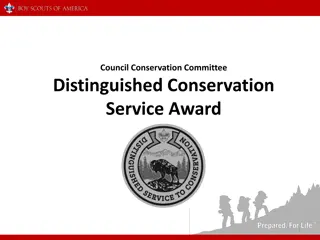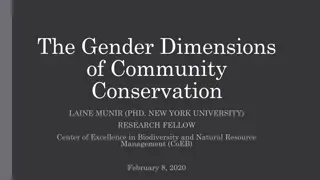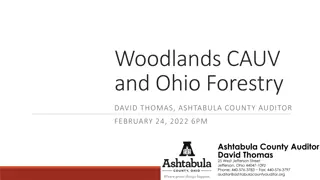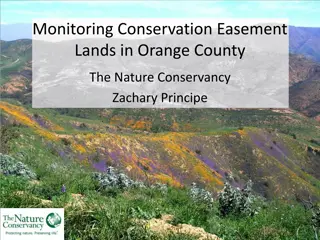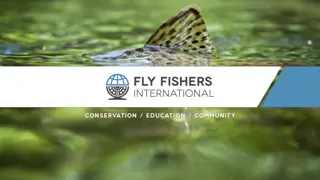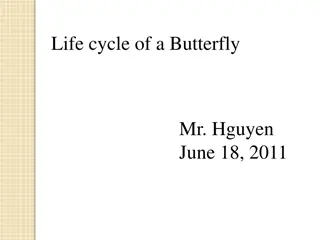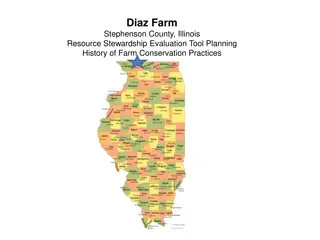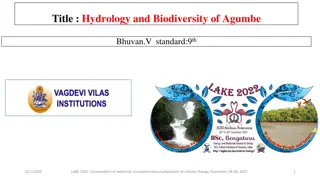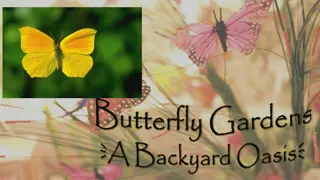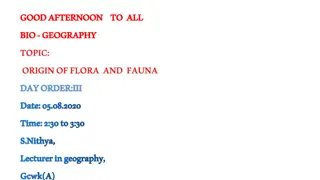Exploring the Butterfly Fauna of ACT Woodlands and Conservation Efforts
Delve into the diverse butterfly species found in the woodlands of the Australian Capital Territory (ACT) through ongoing research led by Dr. Suzi Bond from Fenner School at ANU. Discover the differences between moths and butterflies, the life cycle of these captivating insects, and the ongoing ACT Butterfly Research Project monitoring butterfly presence and abundance since 2014. Explore the rich biodiversity of woodland butterfly communities, threats they face, and conservation efforts required for their preservation.
Uploaded on Sep 06, 2024 | 4 Views
Download Presentation

Please find below an Image/Link to download the presentation.
The content on the website is provided AS IS for your information and personal use only. It may not be sold, licensed, or shared on other websites without obtaining consent from the author. Download presentation by click this link. If you encounter any issues during the download, it is possible that the publisher has removed the file from their server.
E N D
Presentation Transcript
Butterfly fauna of ACT woodlands Dr Suzi Bond Fenner School, ANU Australian National Insect Collection, CSIRO Environment Statistics, ABS
Whats the difference between a moth and a butterfly?
Whats the difference between a moth and a butterfly?
ACT Butterfly Research Project Ongoing monitoring project since 2014 which collects reliable data on adult butterfly presence and abundance Over 140 survey sites in the ACT across a range of habitats, including lowland, montane and subalpine woodlands.
Woodland Butterfly Community 87 butterfly species recorded in the ACT 69 species recorded from woodlands 57 species residents or confirmed breeding migrants Of these 57 species, observations so far on presence, abundance and distribution? How do these observations change over spring-summer- autumn, and between years?
Threats and conservation Habitat destruction and degradation Appropriate hilltop management Retention and/or addition of key larval food plants and attendant ant colonies
Small Ant-blue Significant woodland butterfly Requires substantial Coconut Ant colony (coarse woody debris, eucalypt saplings, mature eucalypts) Little detail known of life cycle




